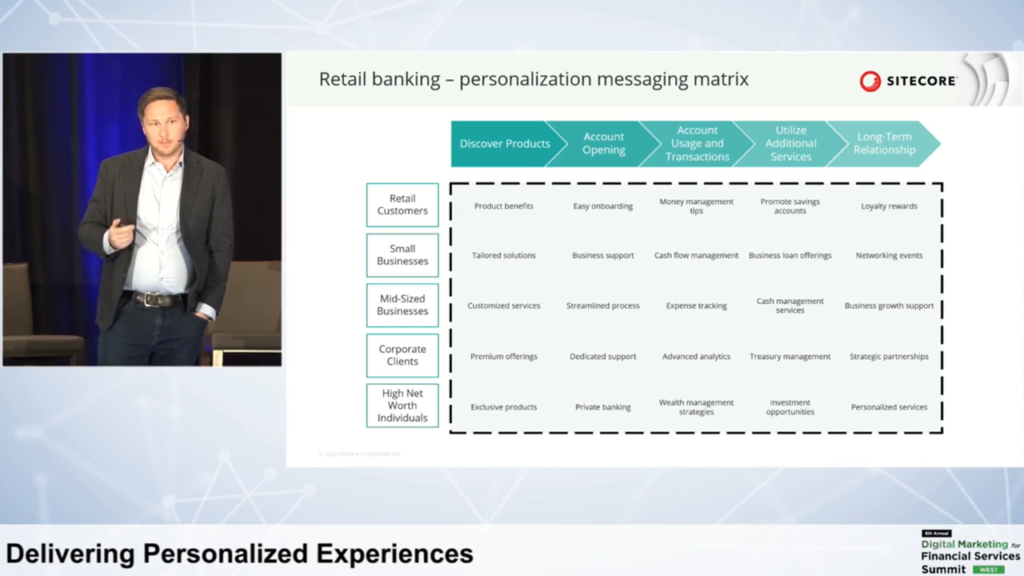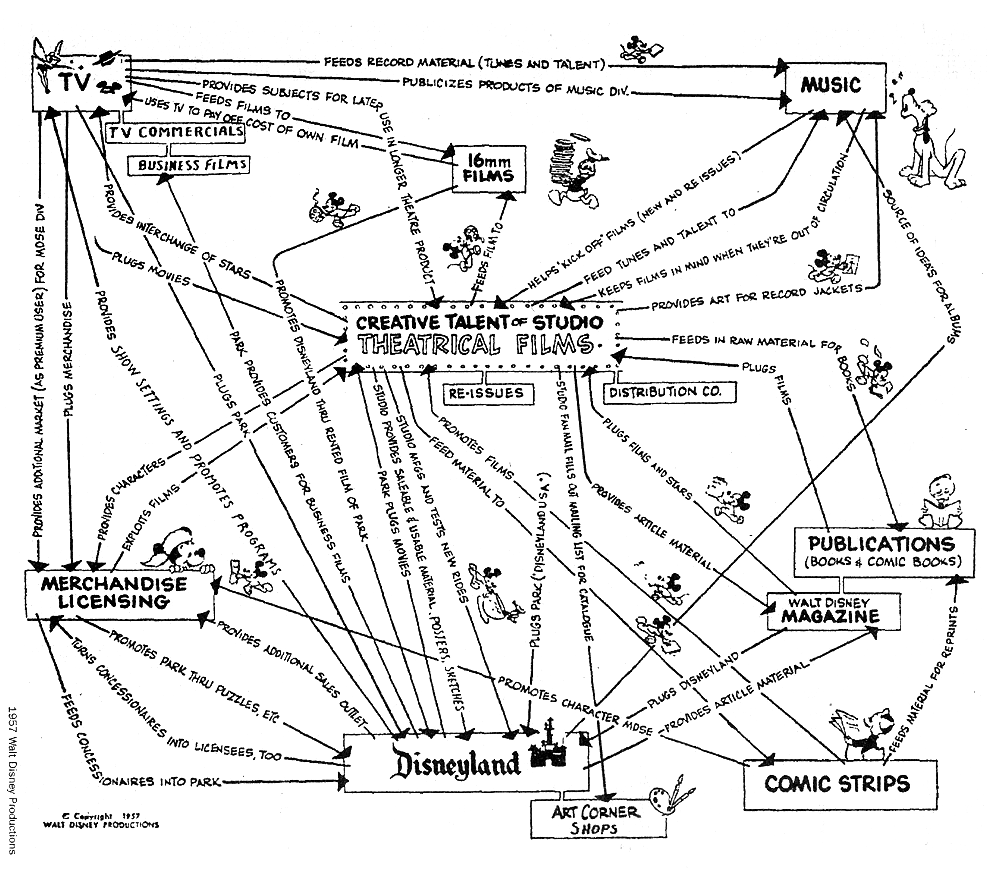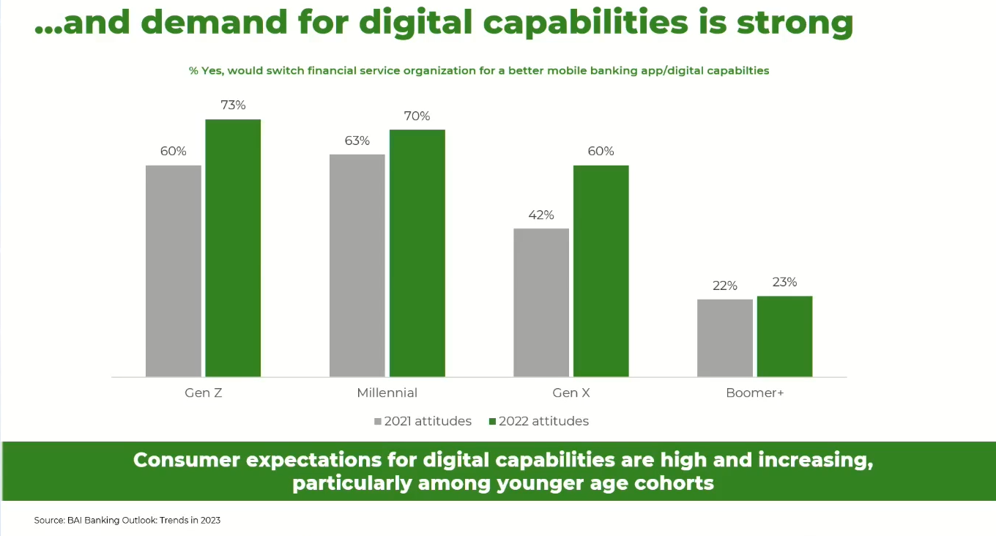I had the pleasure of speaking at DMFS West, the Digital Marketing for Financial Services conference in San Francisco in April 2023. It had been almost a year since my last visit to San Francisco, and this trip, a massive cyber-security conference was taking place at the same time, leading to a tremendous surge in hotel prices. The hotels I usually stay at in Union Square or the Financial District, near the DMFS conference, were all priced above $1000, a sharp increase from their usual rates of $300-400. So, I booked a hotel in the Fisherman’s Wharf district, an area generally popular among tourists, and it turned out to be a surprisingly nice change of pace. From the hotel lobby, I could see Alcatraz and walked down to Scoma’s for some fresh seafood sourced direct by the waterfront restaurant from fishing boats. The night before the conference, I followed the sound of barking seals to a marina full of docked boats, and restaurants packed with cybersecurity experts from the competing conference.

DMFS was productive, and I enjoyed connecting with enthusiastic marketers in the financial services industry. My presentation was about how financial service brands can adapt to changing customer expectations by adopting composable solutions that allow marketers to deliver innovative and engaging digital experiences. It explored the importance of adapting to evolving customer content preferences, centralizing assets and data in order to scale personalization efforts. I shared a real-world use case where ChatGPT4 generated a starting point for personalized messaging.
There were several excellent sessions, and here are a few of my key takeaways from the conference:
Bryan Kramer delivered the opening DMFS keynote. He’s the author of the book “There Is No B2B or B2C: It’s Human to Human: H2H.”

During his session, he shared an original napkin sketch by Walt Disney, which was a surprisingly early version of a customer journey map.

Maha Madiain from Santander Bank shared some insightful industry trends, such as changing banking customer channel preferences and the willingness of Gen Y and Gen Z audiences to switch banks for a better mobile app. After several rounds of AB testing at Santander Bank, they learned that transparency and openness work.
Financial services companies rely heavily on data, but their marketing teams don’t always leverage all the data available across their organization. This was a recurring theme of the conference.
During a panel session, Steven Goldblatt shared a story about his previous experience at AMEX, highlighting the importance of interpreting survey research data with care. When AMEX conducted initial surveys of prospective customers, respondents identified the annual fee as the biggest barrier to signup. In response, marketing started promoting offers with no annual fee for the first year, but conversions didn’t go up. Upon delving deeper into the data, they realized that the fear of rejection, i.e., not being accepted as a cardholder, was a major contributing factor. Marketing then shifted their tone and offer to messaging about preapprovals, leading to great success.
My favorite line from the conference was Stacy Armijo‘s stance on digital transformation – after years of alignment, Amplify Credit Bank (Austin, TX) is now able to enhance the customer experience “from first click to funded loan.” She observed that mobile check deposits and going into local branches became a thing of the past post-COVID. The pandemic accelerated adoption of digital banking products, and people don’t unlearn behavior like mobile scans of personal checks. There’s tremendous opportunity in ML & AI analyzing transactional data.
Nidhi Daga shared that based on the emerging capabilities of AI, her content marketing team will look quite different in the near future. AI can help make transactional ads and content more conversational.
Stacy added that her Head of Marketing created a full blog post that was almost ready to publish in just 90 seconds using AI. As marketers, she said, we shouldn’t stiff-arm AI. Instead, we should lean in, play, and experiment.
Liz Song from Spotify shared inspiring thoughts about incorporating musical preferences into audience strategy for major brands. Unfortunately, I had to take a red-eye back home to Atlanta and missed her Day 2 session.
Overall, the conference had several themes, including the rise of generative AI, the uncertain economic climate, the desire to create personalized, human, and conversational experiences with banking customers, and post-COVID changes in working locations for distributed marketing teams.
I was glad that I attended, and I left feeling optimistic about the future of digital marketing in the financial services industry.
If you’re interested, I can share a link to watch my recorded presentation from the conference – just submit the contact form.
